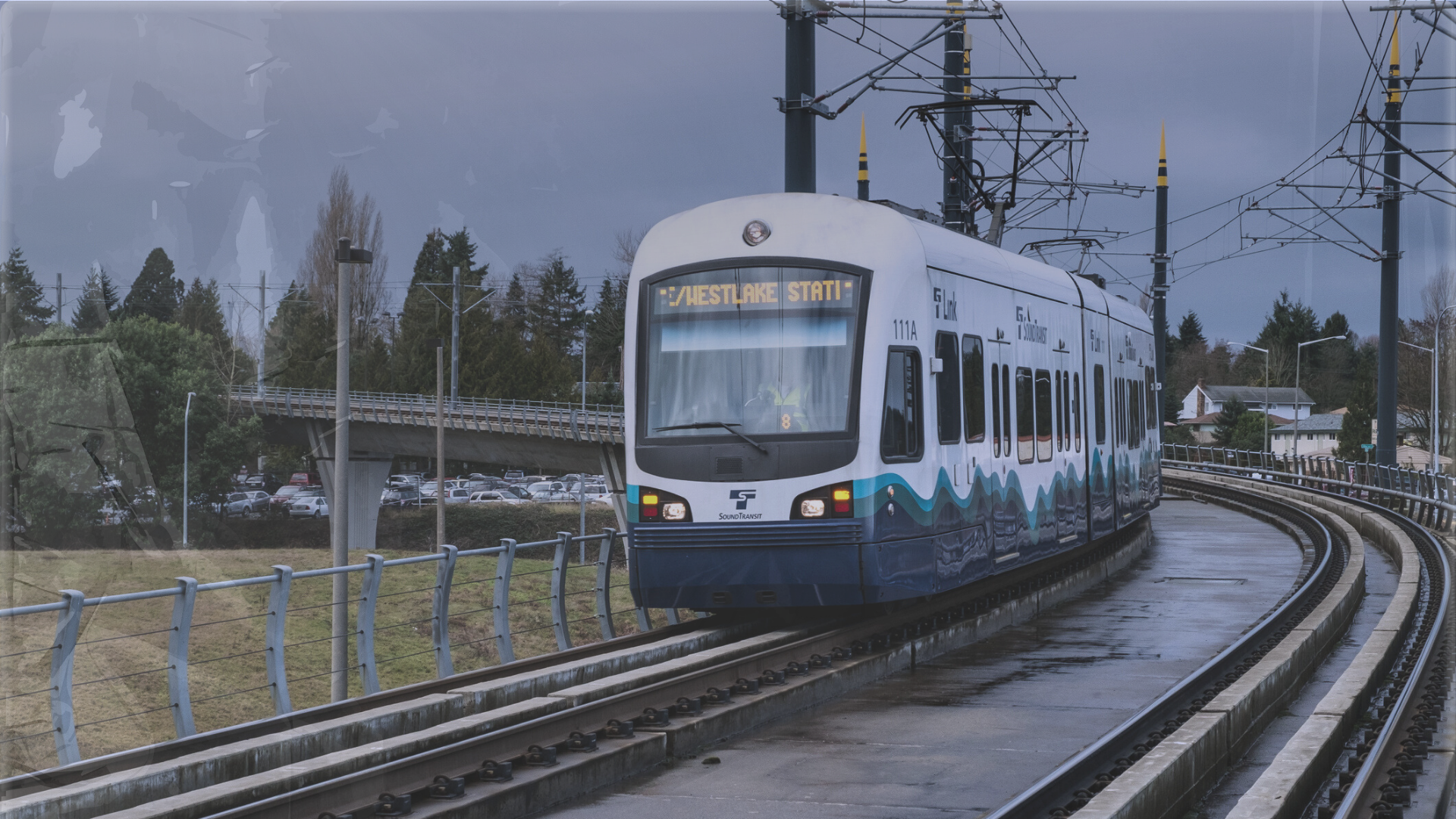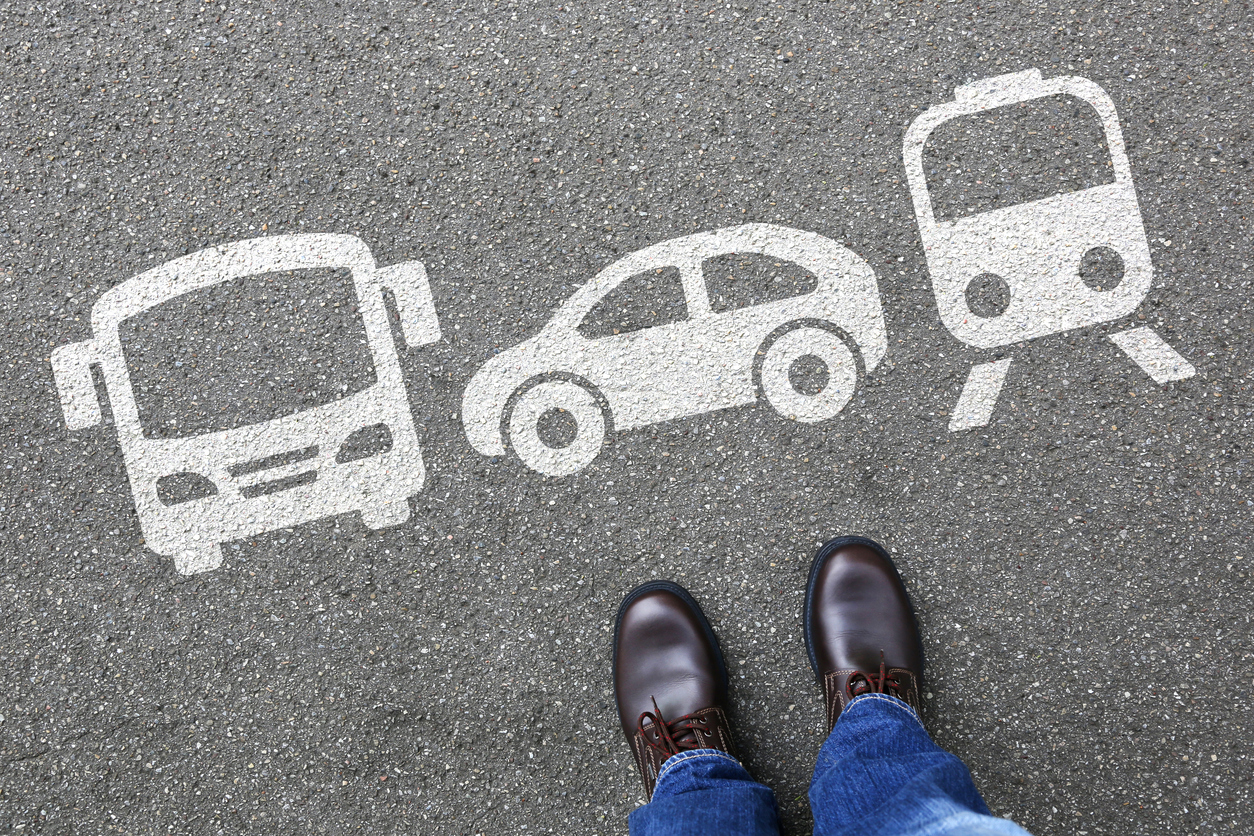Love them or hate them (and most people hate them), the toll lanes are certainly taking in a lot of unexpected money for the Washington State Department of Transportation (WSDOT) and the state. Much of the toll revenue is paid by drivers who don’t have any real choice in the times and routes they travel, so they are forced to pay whatever WSDOT officials charge for a somewhat less slow trip.
And transportation officials, aided by some lawmakers, are about to make it a lot worse.
The latest WSDOT scheme is House Bill 2132 and an amendment to its Senate counterpart, Senate Bill 5825.
The House bill would take the tolls that drivers pay and use them to borrow more money and send our state further into debt. Specifically, the bill would let WSDOT officials issue a whopping $1.5 billion in bonds backed primarily by the toll revenue drivers would be forced to pay on I-405 and SR 167.
Senate Bill 5825 primarily authorizes the expansion of tolling on I-405 and SR 167, and will likely be brought to the Senate Floor for debate this week, if not today.
Senator Hans Zeiger (R-Puyallup) has proposed an amendment that takes similar bonding authorization language from the House bill and inserts it into the Senate bill. His amendment to the toll authorization bill would allow bonding on both corridors, negatively impacting traffic congestion on I-405, for the purpose of expediting the Gateway project by a mere three years. The Gateway project connects the Ports of Tacoma and Seattle to I-5 and completes SR 509 and SR 167.
Notably, WSDOT presentations have shown that toll money would be used to build out interchanges and other features after tolling begins. This tells us that bonded toll revenue is not even needed to complete the toll lanes from Bellevue to Renton on I-405, because they are already funded by Connecting Washington.
What’s more, bonded toll revenue is also not required to accelerate construction of the Gateway project. Alternative revenue sources and other project accelerating measures are available. This would be a more responsible approach, rather than taking such an extreme and long-lasting measure to achieve the benefit of getting a project that is already being built, just a few years sooner. In our view, the cost of bonding far outweighs the benefit of a potential early project delivery. A different approach would give drivers the congestion relief they want without the long-term debt they do not want.
There is also an option of borrowing money just for the early completion of the Gateway project, leaving I-405 out, as I-405 is an entirely different policy discussion and should be dealt with separately. It is a separate issue because bonding against toll revenue on I-405 would guarantee traffic congestion will get even worse. If the tolls are tied up in paying back long-term debt from bonds, WSDOT officials would have to maintain gridlock in general-purpose lanes to make their toll lanes look attractive by comparison. Their eye would always be on the money they need from tolls. Families who live along and use I-405, which surely includes those who travel SR 167, would be negatively impacted in their daily commutes.
Public officials should reconsider this harmful and unnecessary approach to tolling policy.






